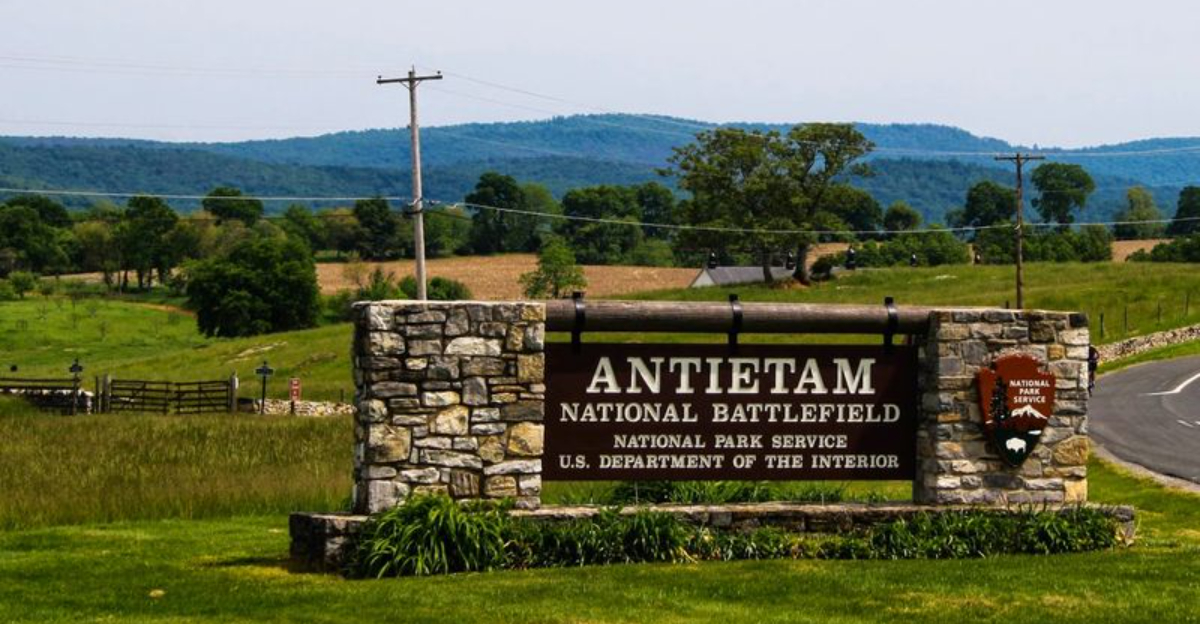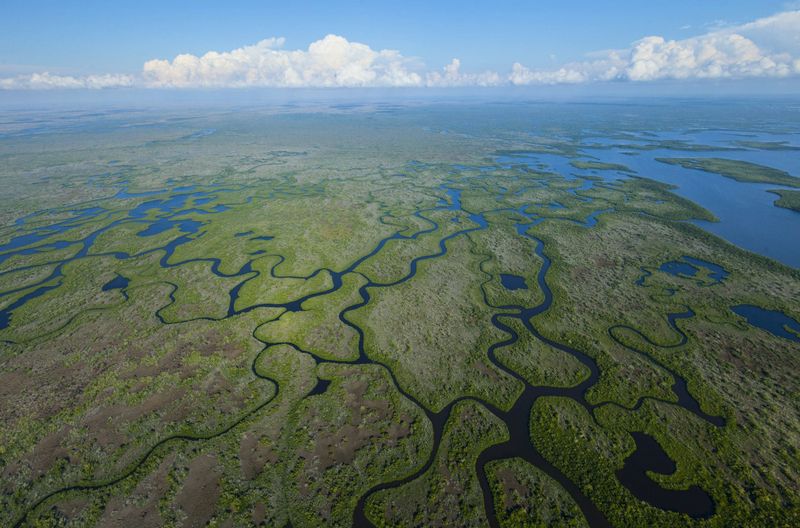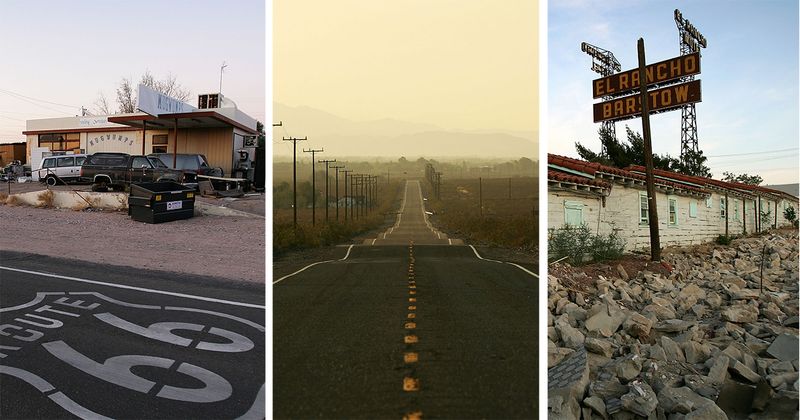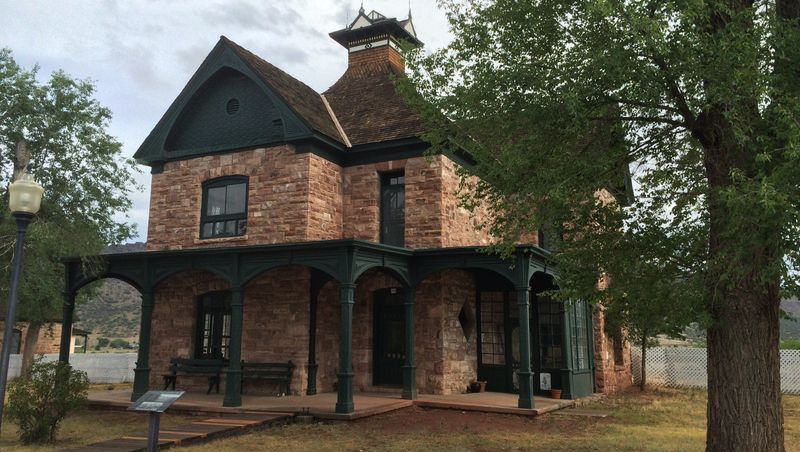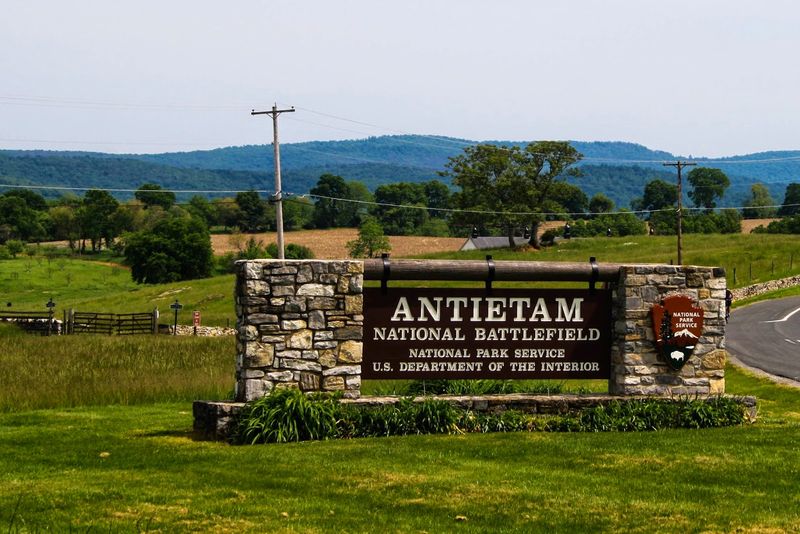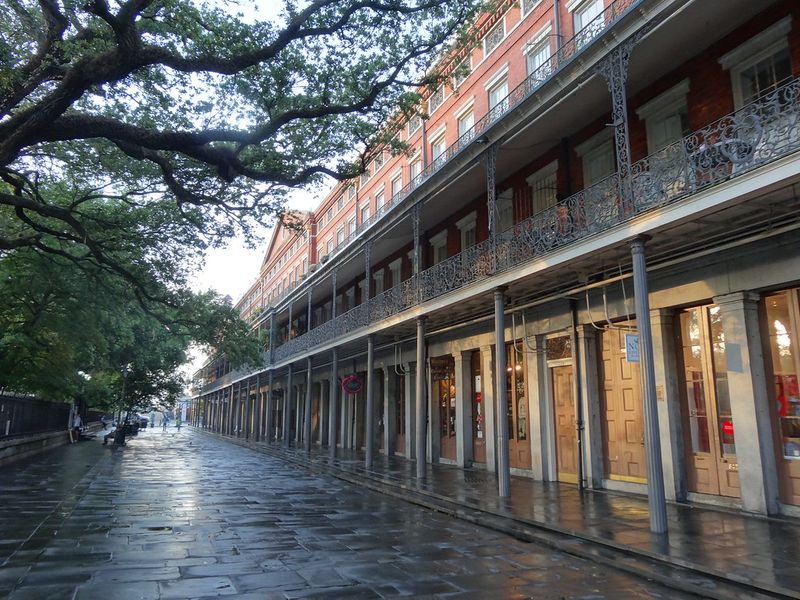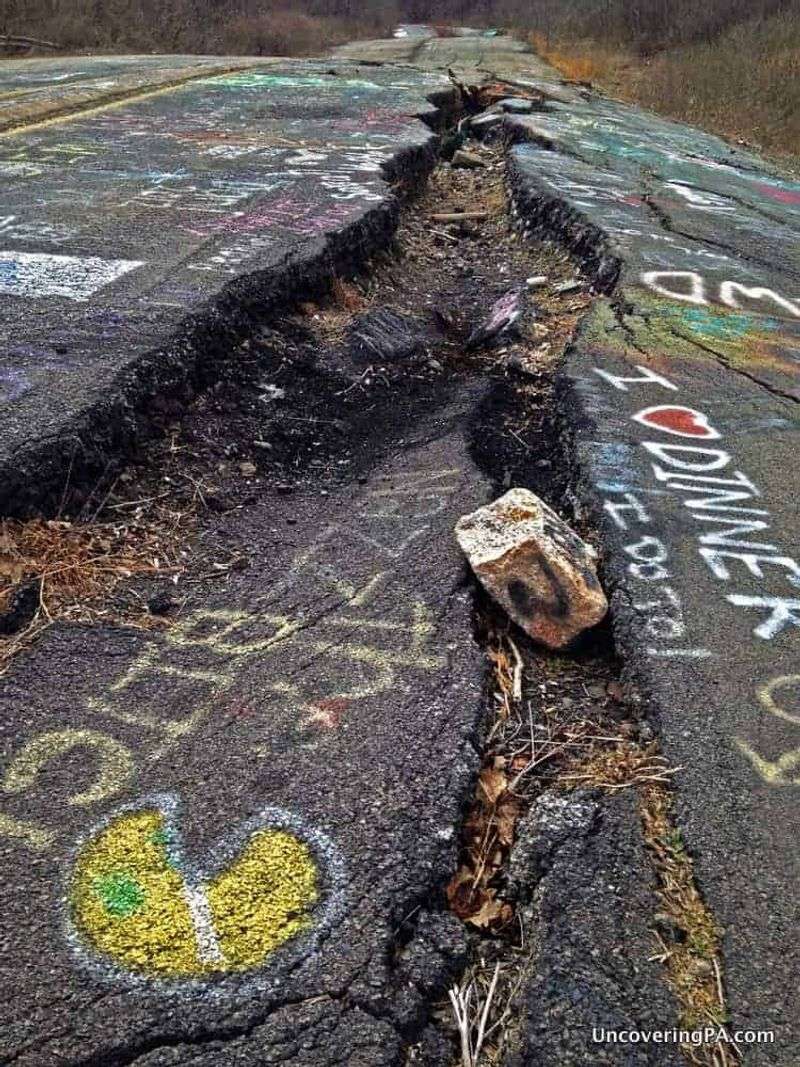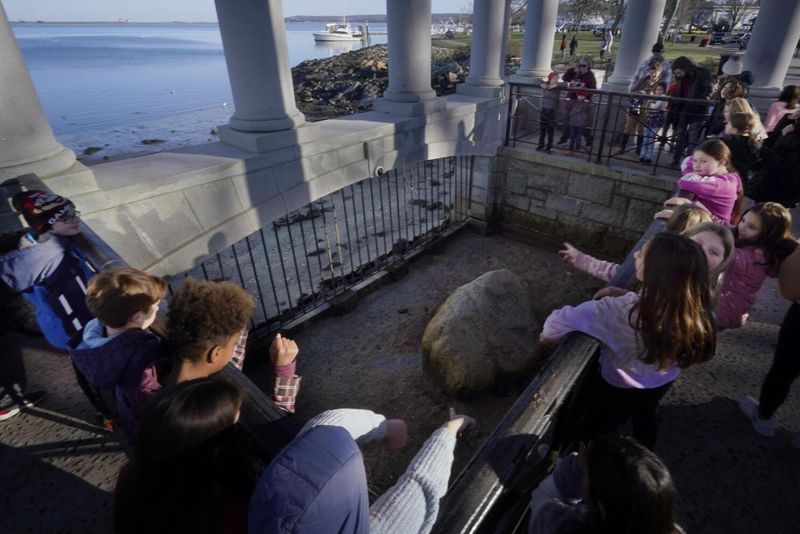America’s historic sites tell the story of our nation, but many are quietly slipping away before our eyes.
From colonial settlements to civil rights landmarks, these irreplaceable treasures face threats from rising seas, development pressure, and simple neglect.
The loss of these sites doesn’t just erase buildings—it erases the physical connections to our shared past that help us understand who we are.
1. Jamestown’s Last Stand
The birthplace of English America now fights a losing battle against water. Archaeological discoveries here have reshaped our understanding of early colonial life, revealing stories of survival, cooperation, and conflict.
Scientists predict most of Jamestown Island could be underwater by 2100. The James River regularly floods the historic settlement during storms, washing away soil and artifacts with each surge.
Preservationists race against time, documenting the site with advanced technology while engineers consider expensive flood barriers. Without intervention, America’s foundational chapter may literally wash into the Atlantic, taking centuries of history with it.
2. The Alamo Under Siege
Remember the Alamo? Future generations might only know it from textbooks. San Antonio’s urban sprawl crowds this iconic mission where Texans made their famous last stand in 1836.
Modern development threatens the historic atmosphere and structural integrity of this landmark. Vibrations from nearby construction, air pollution, and thousands of daily visitors accelerate the deterioration of its limestone walls.
Conservation efforts face complicated challenges balancing tourism demands with preservation needs. The battle cry that once rallied Texans now applies to preservationists fighting to maintain this symbol of courage against the relentless march of modernization.
3. Everglades: America’s Shrinking Wilderness
Called the River of Grass, this unique ecosystem has lost half its original acreage in just a century. Native birds that once darkened the sky with their numbers have declined by 90 percent.
Water—once flowing freely across this vast wetland—now gets diverted for agriculture and urban use. What remains grows increasingly salty as rising seas push inland, killing freshwater plants and altering habitats that evolved over thousands of years.
The Everglades holds stories of the Seminole people, early pioneers, and America’s conservation movement. As this landscape transforms, we lose not just an ecosystem but a living museum of natural and cultural history.
4. Ellis Island’s Forgotten Hospital Complex
While millions visit Ellis Island’s restored main building each year, few see its crumbling hospital complex where countless immigrants faced medical inspection or quarantine.
Twenty-nine buildings stand in various states of decay on the south side of the island. Peeling paint, broken windows, and collapsing roofs reveal decades of neglect despite the site’s immense historical significance.
These halls witnessed the fear, hope, and resilience of newcomers seeking American dreams. Inside these deteriorating walls are stories of compassionate doctors, frightened families separated by illness, and the birth of American public health policies that shaped our nation.
5. Route 66: The Fading Mother Road
Neon signs flicker and die along America’s most famous highway. Gas stations where attendants once pumped fuel now stand abandoned, their pumps rusting monuments to changing times.
Route 66 carried Depression-era migrants west and later became the ultimate American road trip. The highway’s decommissioning in 1985 began a slow death for countless roadside attractions, motels, and diners that once defined American car culture.
Some communities fight to preserve their stretch of asphalt history. Others watch helplessly as bulldozers clear vintage motor courts for chain stores. Each lost building takes with it a piece of mid-century optimism and the spirit of adventure that defined American mobility.
6. Fort Apache’s Fading Legacy
Hidden in Arizona’s White Mountains, weathered buildings tell complicated stories of military campaigns against Apache people and later forced assimilation through boarding schools.
Wooden structures sag under the weight of harsh mountain seasons and limited maintenance funds. The fort’s remote location—once strategic for military purposes—now contributes to its preservation challenges as few visitors make the journey to learn its difficult history.
This site represents both painful chapters of conquest and indigenous resilience. The White Mountain Apache Tribe works to preserve selected buildings while reclaiming narratives long controlled by others, racing against structural deterioration that threatens to silence these walls forever.
7. Silent Pillars: Historic Black Churches of the South
Bullet holes still mark the walls of some churches where civil rights history was written. These sacred spaces—where freedom songs echoed and strategy meetings unfolded—now face quiet extinction across the American South.
Declining congregations struggle to maintain aging buildings with limited resources. Rural churches where voting rights campaigns began now stand empty on Sundays, their congregations dispersed by economic migration and changing religious patterns.
Each abandoned church represents lost community anchors where African Americans found sanctuary during segregation. Preservation efforts focus on the most famous sites while hundreds of equally significant but lesser-known churches slowly surrender to time, taking irreplaceable cultural heritage with them.
8. Angel Island: The Western Gateway’s Untold Stories
Carved into wooden walls are Chinese poems—silent testimony from immigrants detained on this San Francisco Bay island between 1910 and 1940. Angel Island processed thousands of Asian arrivals during exclusion-era policies, many held for months or years in prison-like conditions.
Salt air and fog continuously assault the wooden barracks where these detainees waited. Despite preservation efforts, many structures show advanced deterioration from the harsh marine environment.
Unlike Ellis Island’s celebrated status, Angel Island’s troubling history received little attention until the 1970s. Its stories of discrimination and resilience remain undertold as preservation challenges mount, threatening physical evidence of America’s complicated immigration history.
9. Antietam’s Vanishing Viewshed
America’s bloodiest single day of combat unfolded across these Maryland fields in September 1862. The landscape itself tells the story—rolling terrain where Union and Confederate soldiers faced each other across cornfields and sunken roads.
Modern housing developments now creep toward battlefield boundaries. Suburban sprawl transforms the rural character that helps visitors understand how geography shaped the conflict.
While the core battlefield enjoys federal protection, the surrounding viewshed faces persistent development pressure. Each new subdivision or commercial complex changes what soldiers would have seen, making it harder for future generations to comprehend the battle’s scale and horror that pushed Lincoln toward issuing the Emancipation Proclamation.
10. New Orleans’ French Quarter: Paradise in Peril
Wrought iron balconies and colorful Creole cottages create America’s most distinctive urban neighborhood. For three centuries, these buildings have witnessed the blending of French, Spanish, African, and Caribbean influences into unique cultural traditions.
Rising waters threaten this architectural treasure with increasing frequency. The aging drainage system struggles during heavy rains while stronger hurricanes test historic buildings never designed for such punishment.
Subsidence causes foundations to crack as the city slowly sinks. Tourism brings economic support but also wear-and-tear on fragile structures. Without massive infrastructure investment and climate adaptation, the authentic character of this cultural crossroads faces gradual erosion with each passing storm.
11. Centralia: The Town That’s Literally Disappearing
Smoke still rises from cracks in abandoned streets where a coal fire has burned beneath this Pennsylvania town since 1962. Most residents evacuated long ago as toxic gases seeped into homes and sinkholes opened without warning.
Once home to over 1,000 people, Centralia now contains fewer than five occupied buildings. The ZIP code has been revoked, streets officially abandoned, and most structures demolished by government order.
A few concrete foundations and the grid of empty streets are all that remain of this coal region community. The underground fire could burn for another century, ensuring this ghost town will continue its slow fade from existence—a cautionary tale of environmental disaster with no solution.
12. Plymouth Rock: A Crumbling Origin Symbol
Millions learn about the Pilgrims landing on this famous boulder, yet few realize how small and fragile the actual rock has become. Once much larger, Plymouth Rock has been chipped away by souvenir hunters, damaged during multiple relocations, and cracked by freezing temperatures.
The granite fragment—now protected under a columned portico—continues to deteriorate despite conservation efforts. Saltwater exposure and air pollution contribute to ongoing erosion of this national symbol.
Historians debate whether Pilgrims actually stepped on this particular rock, but its symbolic importance remains enormous. As the physical rock shrinks, preservationists worry about maintaining this tangible connection to America’s origin story for future generations.
